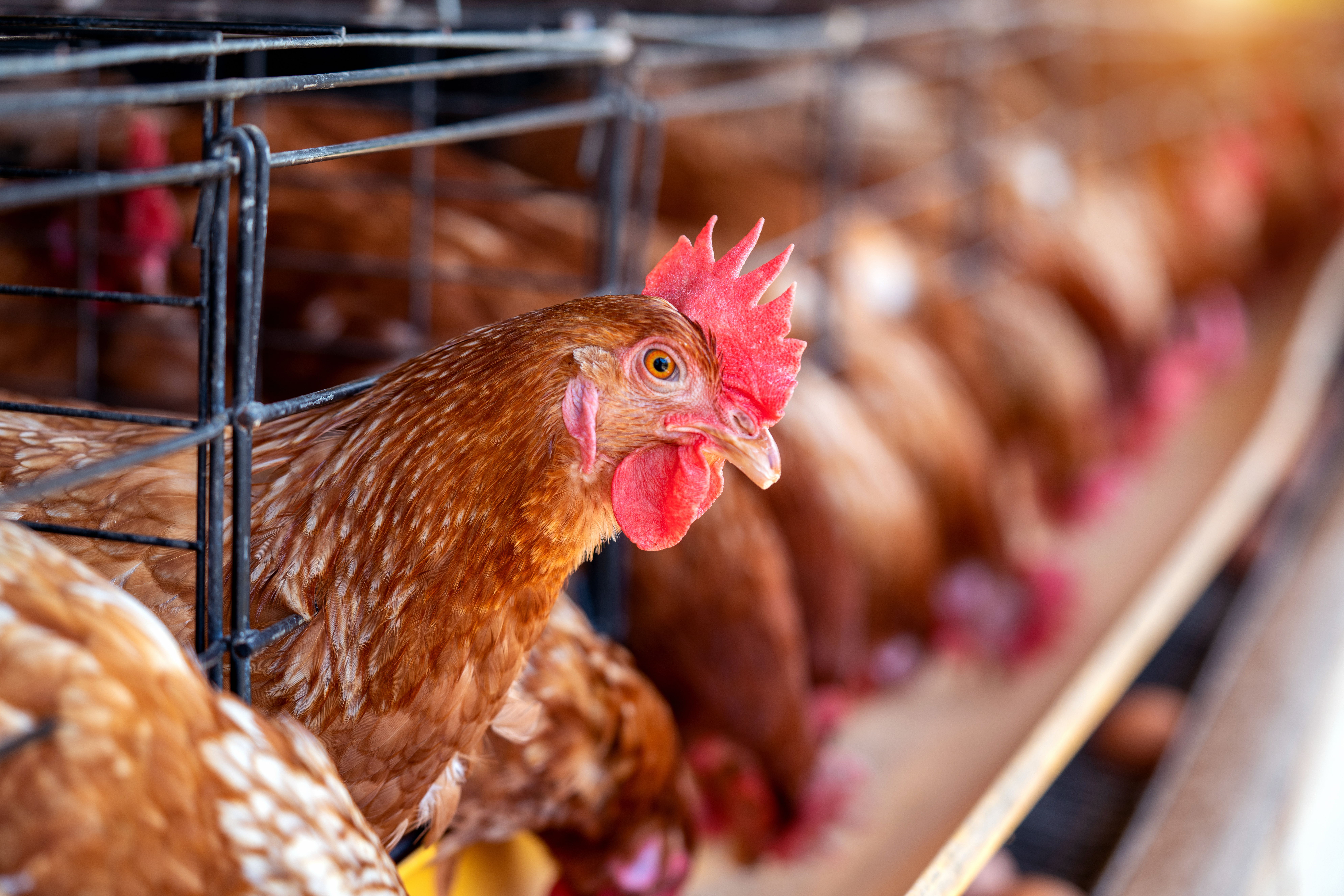Maintaining the health and well-being of your flock is crucial if you preserve poultry. Like all other living things, chickens can contract various diseases that can reduce their general productivity and length of life. Understanding the symptoms and indicators of common chicken illnesses is essential for early detection and timely treatment, minimizing the effects on the production and health of your flock.
This detailed book offers important insights into some of the most common chicken illnesses to poultry caretakers. Furthermore, look at the signs, causes, precautions, and available treatments for everything from parasitic infestations to respiratory diseases. Similarly, if you are familiar with these diseases, you will be better prepared to manage a healthy flock and act quickly when necessary.
Understanding the relevance of biosecurity measures is crucial to prevent the spread of common chicken illnesses. The phrase “biosecurity” covers a variety of practices, including maintaining a clean coop. There is also sterilization, avoiding exposure to outside pollutants and placing arriving birds under strict quarantine. You can dramatically lower the risk of illness transmission and protect the overall health of your flock by adopting these strategies into your husbandry procedures.
Throughout the article follows, you will learn about some of the most common chicken illnesses that poultry owners may experience. Remember that the best way to stop the spread of diseases and guarantee the long-term health of your chickens is through early detection and aggressive care. You can encourage a healthy environment for your flock and avert potential setbacks by learning about these disorders and setting the proper preventative measures.
Knowing the most common chicken illnesses is essential if you want to safeguard the health and welfare of your flock as a poultry owner. The following is a list of some of the most prevalent ailments that can afflict chickens.
Avian Influenza (Bird Flu)
Avian influenza, known as bird flu, is a highly contagious virus that threats chickens and other birds worldwide. The disease can manifest in various forms, ranging from mild to highly pathogenic, and is caused by different influenza virus strains, primarily Type A. Although the virus naturally lives in wild birds, especially ducks, it can quickly infect domestic poultry by direct contact with diseased animals, contaminated objects, or the air.
The propensity of avian influenza to induce significant respiratory distress in infected birds is one of its defining traits. The virus can cause symptoms in chickens, including coughing, sneezing, nasal discharge, and hard breathing. Additional signs of avian influenza infection include a dramatic rise in death rates, aberrant eggs with thin shells, malformed or soft yolks, and decreased egg production. In extreme circumstances, the illness can spread quickly across the flock, causing financial losses for poultry keepers.
Strict biosecurity precautions are necessary to stop the spread of avian influenza. Poultry caretakers should limit interaction between their flock and wild birds since they can carry and spread the virus without showing signs of illness.
Installing fencing to erect physical barriers and banning access to outdoor water sources that attract wild birds can decrease the risk of transmission. Additionally, employing hygienic measures, including as routinely disinfecting tools, keeping a clean, well-ventilated coop, and giving animals clean water and food, can help reduce the risk of infection.
Infectious Bronchitis
Chickens of all ages are susceptible to the viral respiratory illness infectious bronchitis. Coughing, sneezing, nasal discharge, and decreased egg production are symptoms. Vaccinations and sensible biosecurity procedures can stop the spread of bird flu.
Newcastle Disease
Chickens and other bird species are susceptible to the viral infection known as Newcastle disease. It disrupts the neurological, gastrointestinal, and respiratory systems. Infected birds may exhibit respiratory symptoms, nervous system problems, or abrupt demise. Vaccination is necessary to prevent Newcastle disease.
Coccidiosis
Numerous species of protozoa from the genus Eimeria cause the parasitic disease coccidiosis, which is common among chickens. These tiny organisms live and reproduce in the intestinal tract of infected birds, where they harm the lining of the intestine. Oocysts (eggs) of the parasite, which can contaminate feed, water, or the environment, are consumed by chickens to cause infection.
Coccidiosis may have an impact on hens. Tissue damage, inflammation, and inadequate nutrient absorption occur from the parasite’s attack on the cells that line the gut wall. Weight loss, a decreased appetite, a slower growth rate, and general frailty are all common signs of coccidiosis.
Diarrhea that is bloody or mucus-filled may also occur. When left untreated, severe coccidiosis can cause dehydration, malnutrition, and even death, especially in young birds whose immune systems are still developing.
Infectious Coryza
A bacterial respiratory illness called infectious coryza produces nasal discharge, facial puffiness, and breathing difficulties. Infected birds can eat less and lay fewer eggs. Strict biosecurity measures and antibiotic therapy can control infectious coryza.
Fowl Pox
A viral condition known as fowl pox causes skin lesions that resemble warts, especially around the head and eyes. Reduced egg production and respiratory discomfort are both possible effects. Vaccination and excellent hygiene can stop the spread of poultry pox.
Key Takeaway
Remember, it’s crucial to speak with a veterinarian knowledgeable in poultry diseases if you detect any illness in your flock. Early diagnosis and adequate treatment significantly increase the likelihood of recovery and stop the transmission of illness to other birds. Additionally, implementing sound biosecurity practices, upholding hygienic living conditions, and offering balanced food can support flock health and lower the chance of infections.








